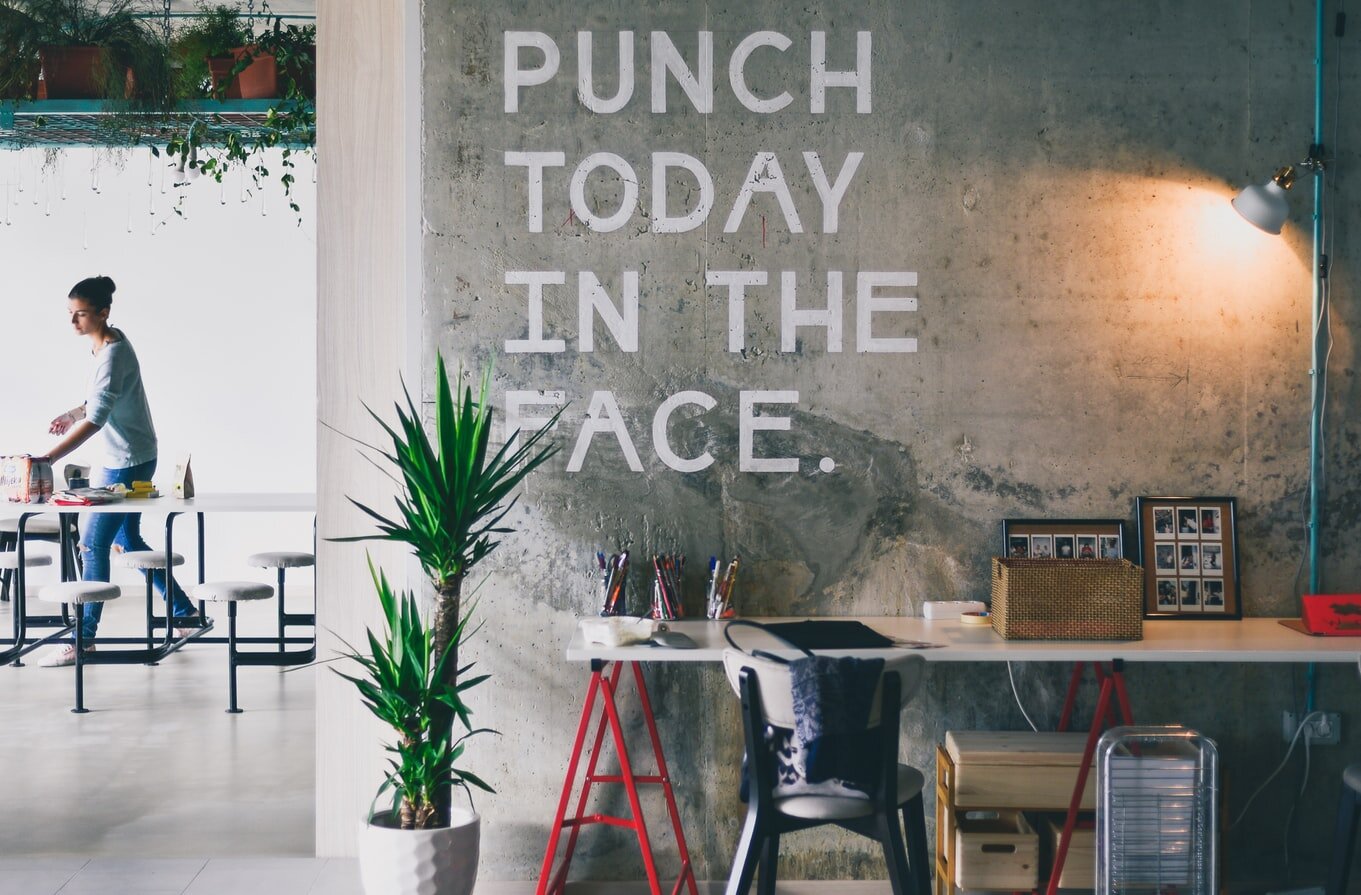Coworking spaces are evolving. As more and more people turn to self-employment and freelance work, it makes sense that a whole industry would rise up to answer the demand for personal working space. With the advent of connectivity tools, apps, programs, and technology designed to streamline entrepreneurship, there’s also been a noticeable increase in the diversity of careers that people pursue as small business or freelance opportunities. From law to design and art, the market has changed and become something new.
Like any successful industry, coworking spaces have to adapt, too. One of the ways that we see coworking businesses shift their model is by adopting a niche. It can be incredibly broad or incredibly vague. For example, there are a number of popular coworking spaces that cater specifically to women, and a few spaces that bring together indie game designers under one roof. While some have cautioned that splitting your own market is a bit of a risk, in many cases it appears that the tactic of building a particular community that is neither over-broad nor housed under a singular corporate title has been fairly successful.
The appeal lies with understanding a target audience and developing something that is inherently attractive to them. That’s basic marketing, after all. But where these particular businesses really excel is in developing an environment that draws coworkers in, while providing all the usual trimmings of a coworking space.
Empowering Women
Looking at The Wing and The Coven, it’s easy to see that principle in action. The Wing, catering to forward thinking, self-motivated women, brings together elements of high class professionalism and comfort in their design and interior work while supporting professional endeavors through events, seminars, and workshops. It’s the same idea that works for generalized coworking spaces, but tailored to fit a specific demand. In this case, the demand for a space where women can develop a community, work, and act within a professional space that was designed and operated specifically for women at work.
The Coven achieves a similar success, focusing on the community elements of the workspace and openly advocating for a safe, inspiring environment for women, trans, and non-binary people. Another benefit that the Coven offers is targeted deals and cooperative discounts with local businesses based on coworker interest. By partnering with these businesses, it further enhances the coworking aspect of building and supporting professional networks for women looking to expand their professional horizons. In short, they’re not just a coworking space for women. While at the most basic level they do achieve the creation of a workspace for women only, it goes several steps further to tailor an entire experience around a select community.
Gaming the System
Other coworking spaces sought out ways to create a niche by honing in on the needs of particular industries. Glitch City is one example, where indie game developers come together under one roof to work, exchange ideas, and develop alongside people working in their field. This particular case is interesting because it’s rare that you’d expect to find multiple people working in the same field, competitors essentially, working so closely together during the developmental phases of their work.
Similar to any other kind of art, indie games are generally successful because they, not unlike the coworking spaces we’re discussing today, carve out a particular niche. From pixel art masterpieces like Stardew Valley and Hyper Light Drifter to the Katamari-esque Donut County (some of the designers for these games actually work at Glitch City), each game relies not only on excellent game design but also a somewhat unique angle. Bullet hell games aren’t uncommon, but the humor and design choices of something like Enter the Gungeon make it stand out. Likewise, when games are incredibly simple, it’s not uncommon to see a string of copycats come out soon after.
Still, this coworking space fosters a sense of creativity and openness that spurs on game developers by providing a community of like-minded individuals. And in highlighting the similarities, there’s a degree of comfort and collaboration that can spill into potential partnerships for new projects. Or, at the very least, it’s a place to hang out when artists block hits. The point is, it’s an incredibly niche market audience, but it’s seeing a great deal of success by going after that target market.
Etc. Etc.
The list goes on and on. Alma offering a co-practice, coworking space for therapists, wellness experts, and life coaches. Epiphany Space making a market out of more religious leaning coworkers. Segmenting a market can sometimes be a risky move, but in the case of coworking, a well implemented segmentation strategy can give rise to a whole new niche within the industry. Looking at the success of those few pioneers, it’s no wonder that more and more niche coworking options are popping up.
Community need not be based on industry or gender. Sometimes the best communities are formed through the shared values of the individuals themselves, rather than common themes in industry or company type. At Ranch Office, for example, we’re a neighborhood space in Houston, TX, where members bond through a shared southern hospitality experience. The Texas style decor and relaxed atmosphere facilitate a “home away from home” feeling that draws on the ultimate community experience — being part of a family that cares.
Of course, all-purpose coworking still comes with its benefits. From a potentially more diverse crowd sharing your workspace, to networking potential that might extend beyond even your expected opportunities, there’s something for everyone when it comes to coworking. The most significant factor is truly how you approach your time in a coworking space.




